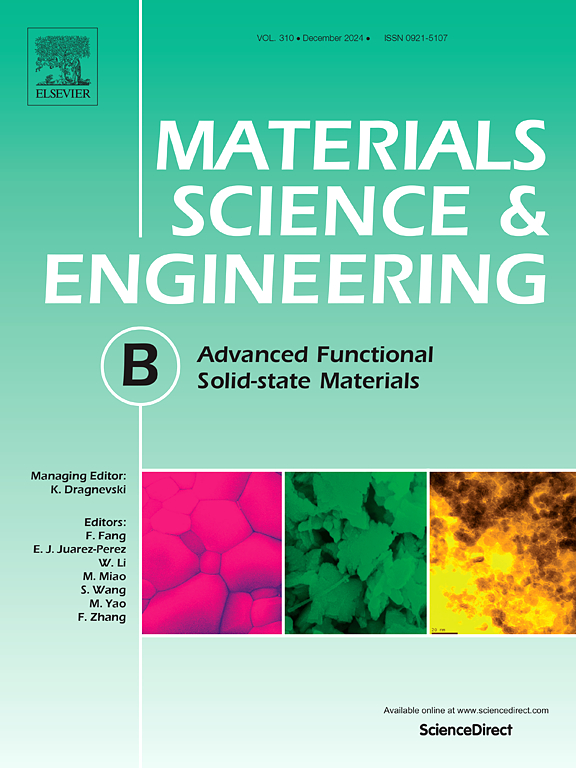Approaching capacity limit: A comprehensive structural and electrochemical study of capacity enhancement in Co3O4 nanoparticles
IF 3.9
3区 材料科学
Q2 MATERIALS SCIENCE, MULTIDISCIPLINARY
引用次数: 0
Abstract
Metal oxides are considered promising candidates for supercapacitor applications. Cobalt oxide (Co3O4) with its high theoretical capacitance (3650 Fg−1) has garnered significant research interest in this context. However, achieving this high theoretical specific capacitance experimentally is still a challenge due to various factors. In the presented work, we have employed various complementary structural and electrochemical techniques for quantitative and qualitative analysis of the factors that result in performance degradation in Co3O4 nanostructure electrode. Our nominated Co3O4 electrode, with its superior nanostructure design has achieved an impressive experimental specific capacitance of 1685 Fg−1 in 2 M NaOH electrolyte at 5 mV/s and has delivered an energy density of 84.25 Wh kg−1 at a prominent power density of 356.8 W kg−1. Moreover, 89 % of specific capacitance has been retained after 4000 cycle operations at 4 Ag−1. This work amply establishes the importance of optimizing the identified factors for enhancing the kinetics of charge transportation in electrode and at solid/electrolyte interface, thereby bridging the gap between experimental and theoretical energy storage capacity of cobalt oxide-based materials.

求助全文
约1分钟内获得全文
求助全文
来源期刊

Materials Science and Engineering: B
工程技术-材料科学:综合
CiteScore
5.60
自引率
2.80%
发文量
481
审稿时长
3.5 months
期刊介绍:
The journal provides an international medium for the publication of theoretical and experimental studies and reviews related to the electronic, electrochemical, ionic, magnetic, optical, and biosensing properties of solid state materials in bulk, thin film and particulate forms. Papers dealing with synthesis, processing, characterization, structure, physical properties and computational aspects of nano-crystalline, crystalline, amorphous and glassy forms of ceramics, semiconductors, layered insertion compounds, low-dimensional compounds and systems, fast-ion conductors, polymers and dielectrics are viewed as suitable for publication. Articles focused on nano-structured aspects of these advanced solid-state materials will also be considered suitable.
 求助内容:
求助内容: 应助结果提醒方式:
应助结果提醒方式:


